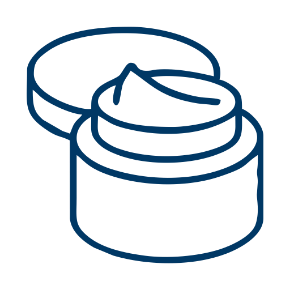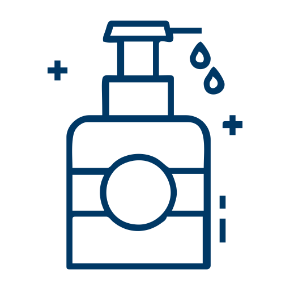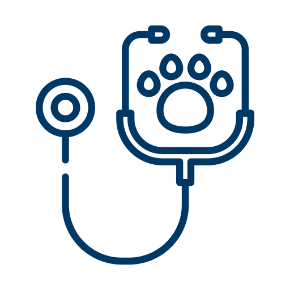The importance of the microbiome to the health of your scalp If you are looking for the secret to great hair, you need to start with the scalp. Like the skin on our face, the scalp is made up of oil and sweat glands and an invisible ecosystem of microorganisms: the microbiome. If this becomes unbalanced, it can become irritated and more prone to oiliness, sensitivity and dandruff. This is why it is important to ensure you are paying just as much attention to your scalp as you are your hair – especially when it comes to addressing a range of everyday concerns such as greasiness and dandruff. So what’s the best way of caring for your scalp and how can you tell if you have a problem?
- Oily hair
If you find that your hair becomes greasy quickly, you may have an unbalanced microbiome that is creating excess levels of sebum. You can help to combat this excess sebum with an oil control shampoo. It will help rebalance your scalp. Once it is cleansed and clean, you should start to notice a big difference in how healthy your hair looks and bounciness and shine will be restored.
- Dandruff causes and treatment
Dandruff is caused by an increase in bad bacteria and can be a tell-tell sign that your scalp microbiome has become unbalanced. The most effective way of addressing this scalp concern is with a targeted shampoo to purify and soothe the scalp reducing flakes after just one wash. Detoxing the hair from product, sweat and sebum can also help to reduce dandruff.
- Dry and damaged hair
If your hair is feeling dry and damaged, you may not immediately think of the scalp as the cause. But, like the skin on our face, the scalp can be affected by aggressors in the environment which over time can weaken its barrier function and affect the overall health and vitality of the hair.
- Hair loss and thinning
There are many reasons for hair thinning and loss such as the menopause, pregnancy, stress and hormone imbalances. But no matter the cause of the problem, you can help to improve it by addressing any visible signs of imbalances within your scalp’s microbiome.







